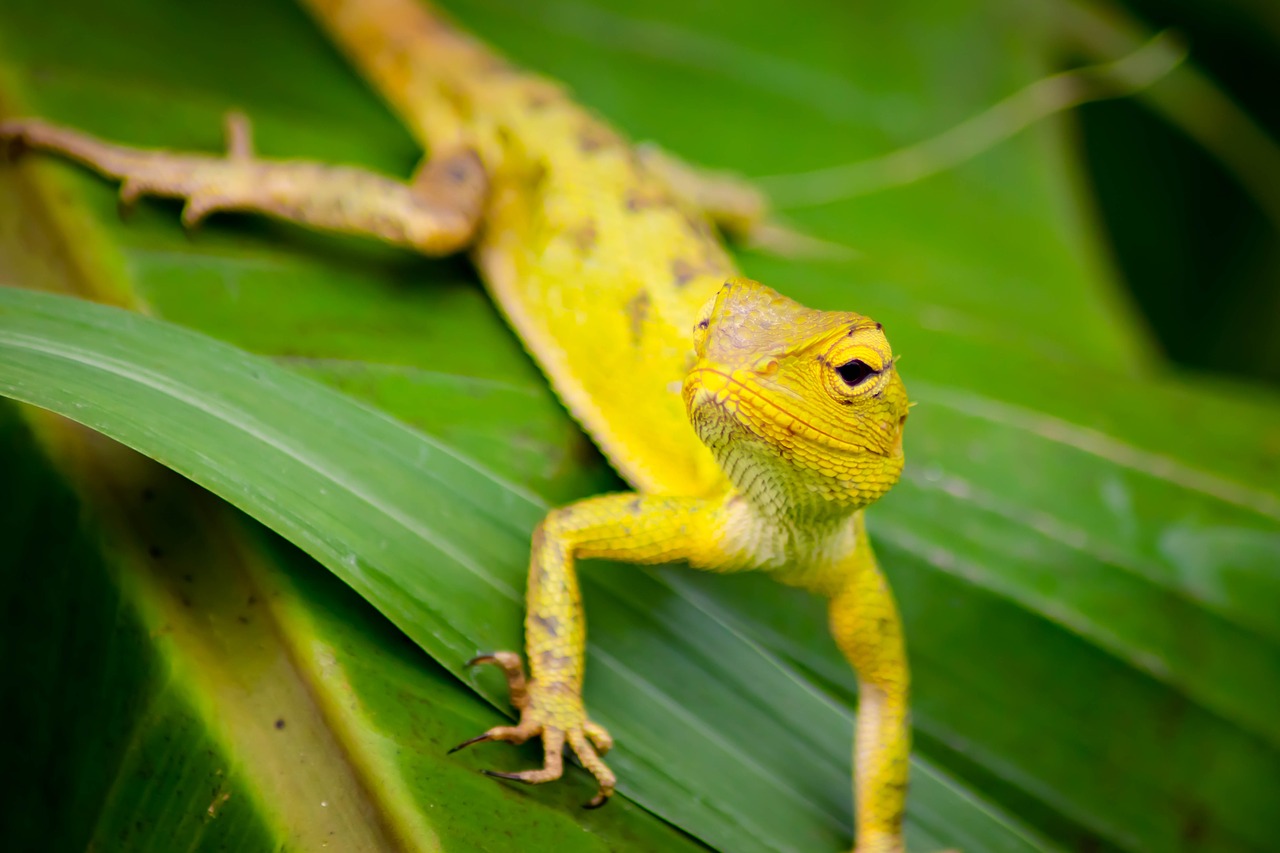Demand for Herps Steadily Increasing
John Mack //April 17, 2019//
The boom in reptiles has been a great benefit for pretty much everyone involved in the pet trade. Breeders have benefited from the increased demand in reptiles, pet owners have been able to enjoy new breeds, colorations and morphs, and store owners have reaped the profits of both reptile sales and the sale of so many subsidiary materials.
But to what can we really attribute the massive increase in reptile ownership? Overall, we’re looking at a rise to nearly 5.5 million American households, with reptiles as the fastest-growing small pet, with the market literally doubling over the past few years. In our discussions with a number of representatives from various retail chains across the country, they see reptiles as an area of their strongest growth across all pets. Even back in 2008, reptiles started to outnumber dogs in the United Kingdom, with over 8 million reptiles to 6.5 million dogs. Millennials, particularly, are likely to gravitate towards smaller pets, as apartments and townhouses are often better suited to small reptile tanks and aquariums than kennels and litter boxes.
While many people have always held a great fascination for reptiles, it’s only in recent years that many of those individuals have been able to indulge their curiosity. Innovations in caging, lighting, bedding and foodstuffs for reptiles have not only made them easy pets to care for, but also economical ones. Items like freeze-dried mealworms and ready-prepared meals make keeping a hungry reptile fed easier than ever.
To answer this question of newfound popularity, we have to look specifically at the business of reptile breeding. Simply put, the level of reptile breeding currently in operation could not have been produced without the continued advances in captive breeding technique and technology. In previous decades, reptile retailers had to rely on what was, in many ways, a cottage industry of reptile breeding. And, outside of those home breeders, retailers often had to rely on wild-caught animals, which had their own issues, such as disease and temperament. While many home breeders follow best practice, breeders can now pool their knowledge, share resources and discuss emerging trends via online forums, meetups and websites. That sharing of knowledge has ensured that reptile breeders all over the world can track genetics, utilize best breeding practices and increase the overall number of reptiles available to retailers and their customers.
Some of the best side effects of this, of course, are the benefits that captive breeding technology has brought to all other aspects of the industry. Retailers can now confidently educate their employees and their customers in best care practices for their reptiles. Wild-caught animals benefit from all the new technologies and care afforded to their captive-bred companions. And, of course, healthier animals mean more baby reptiles.
Therein lies the fundamental issue, however: when can we expect all those baby animals to keep up with the demand that’s already here? Unfortunately, there’s no easy answer for that. Within Reptiles by Mack, we’re already operating at a sold-out capacity: every animal that’s of salable age and size is already moving out the door to stores across the globe. In fact, we’ve been operating at that status for approximately three years now. Coupled with the demand, the length of time needed to breed reptiles to the appropriate size and weight leads to continual delays in new animals. Bearded dragons often take up to a year to reach a salable size and weight, while many snakes often require 2 to 3 years of care before reaching a suitable age.
In the meantime, though, what can you do? Ensure that you have open, consistent lines of communication with your chosen reptile breeding facility so that you can stay apace on their supply throughout the months. If you’re considering breeding reptiles, look at branching out and making connections within the reptile subsection. Once you’ve made enough contacts, see what it might take to expand into the reptile trade; take advantage of that high demand in any way you can.
Right now, there simply is no end in sight to how big the reptile ‘bubble’ can get. The sky’s the limit, and the only way to go is up!



















